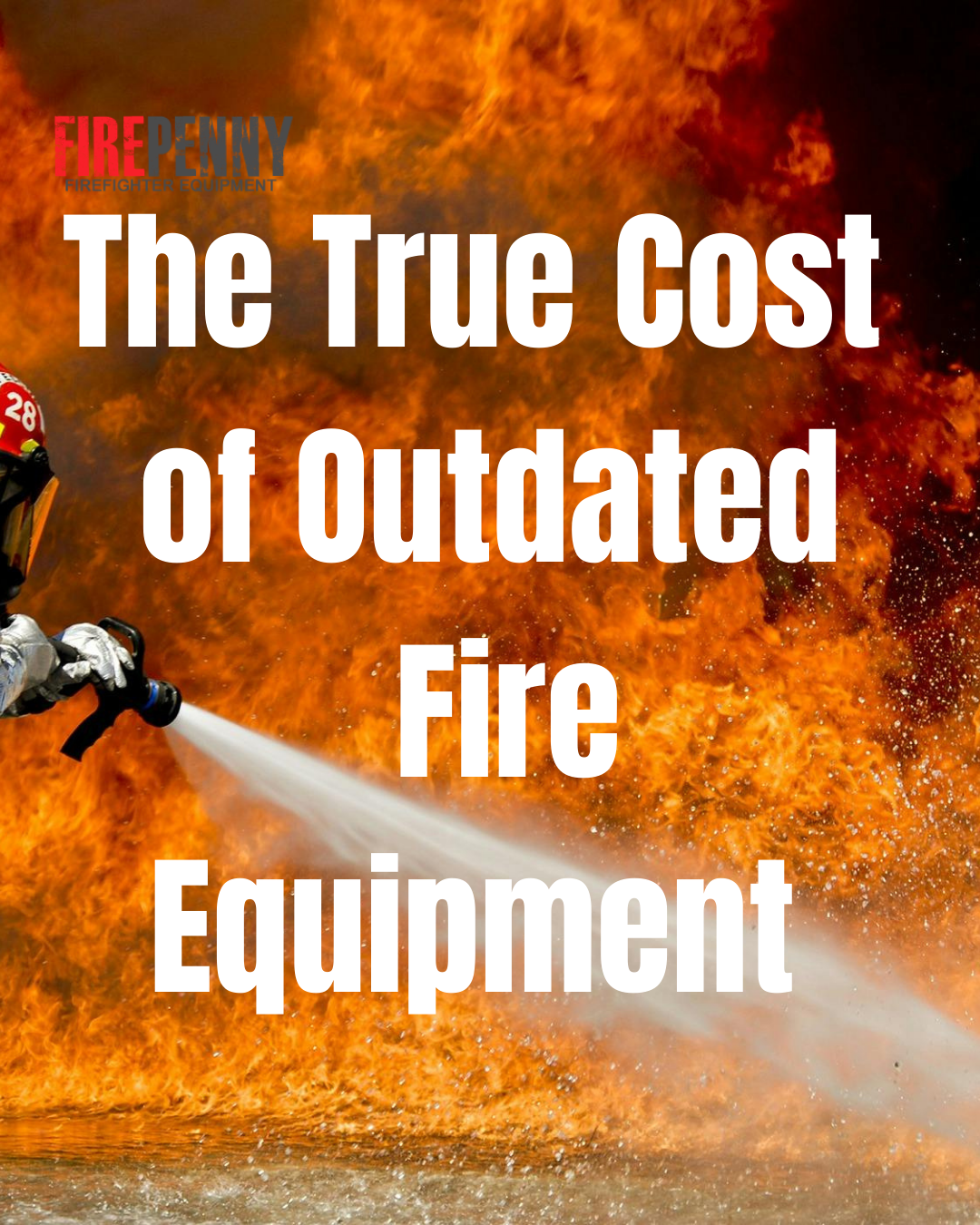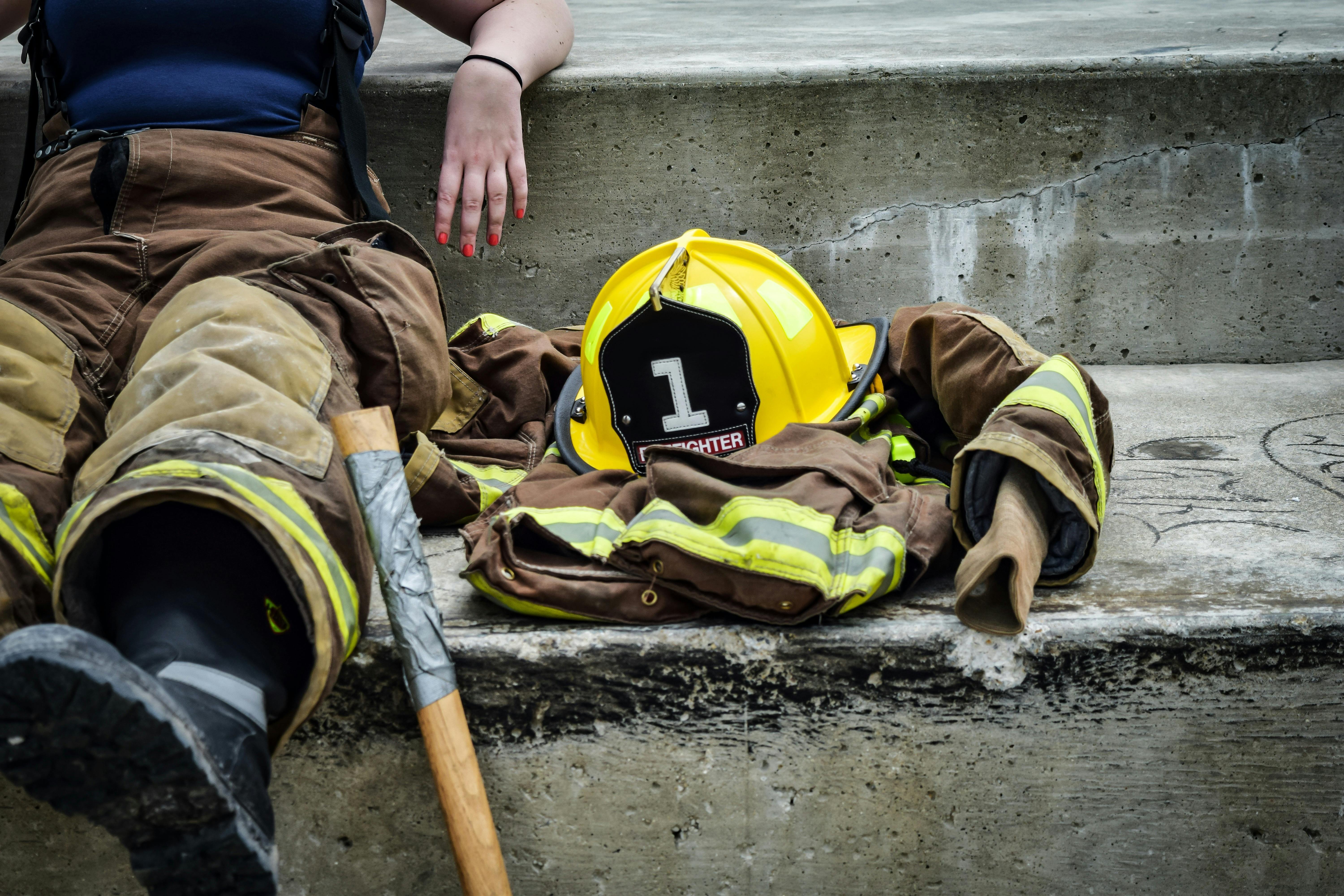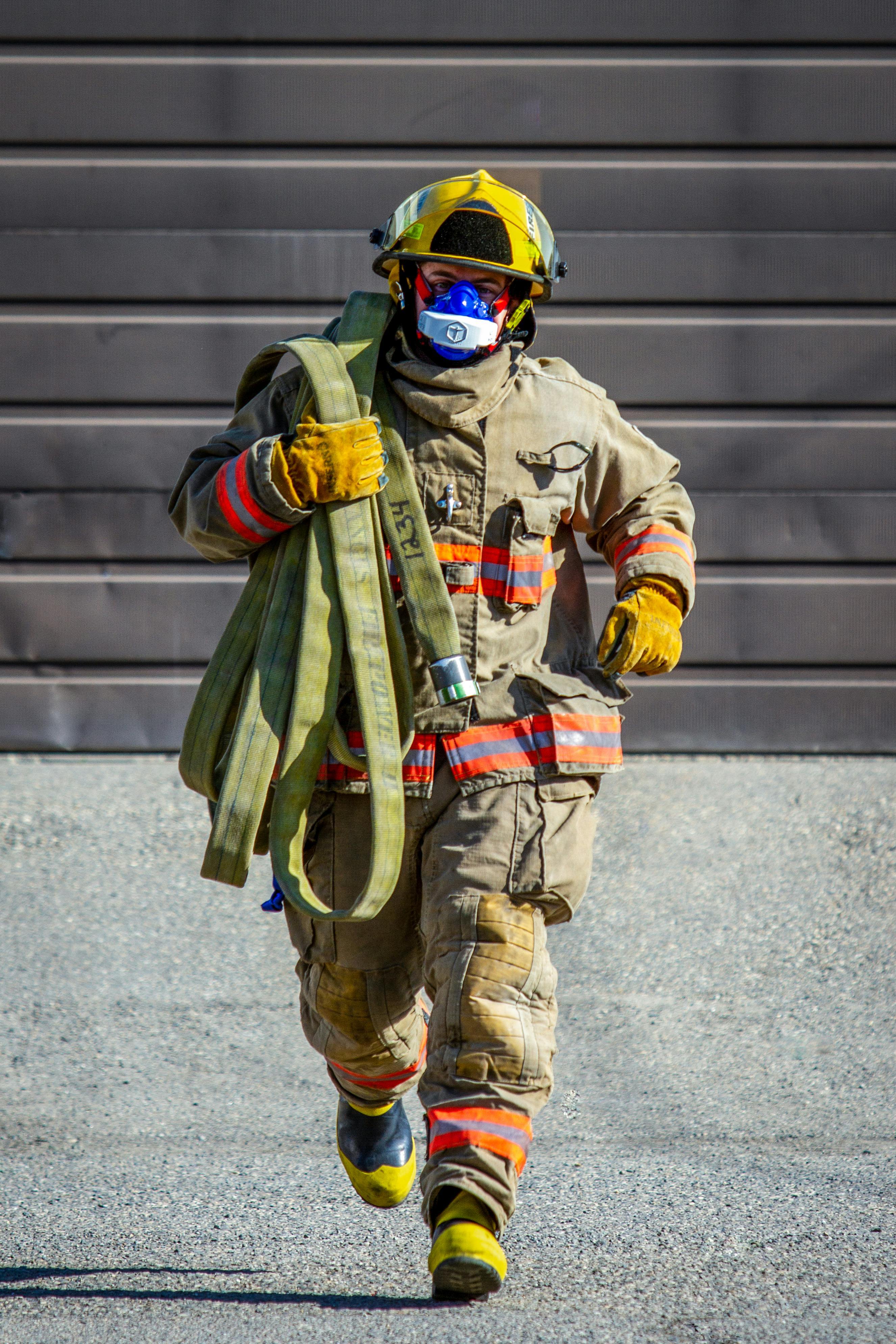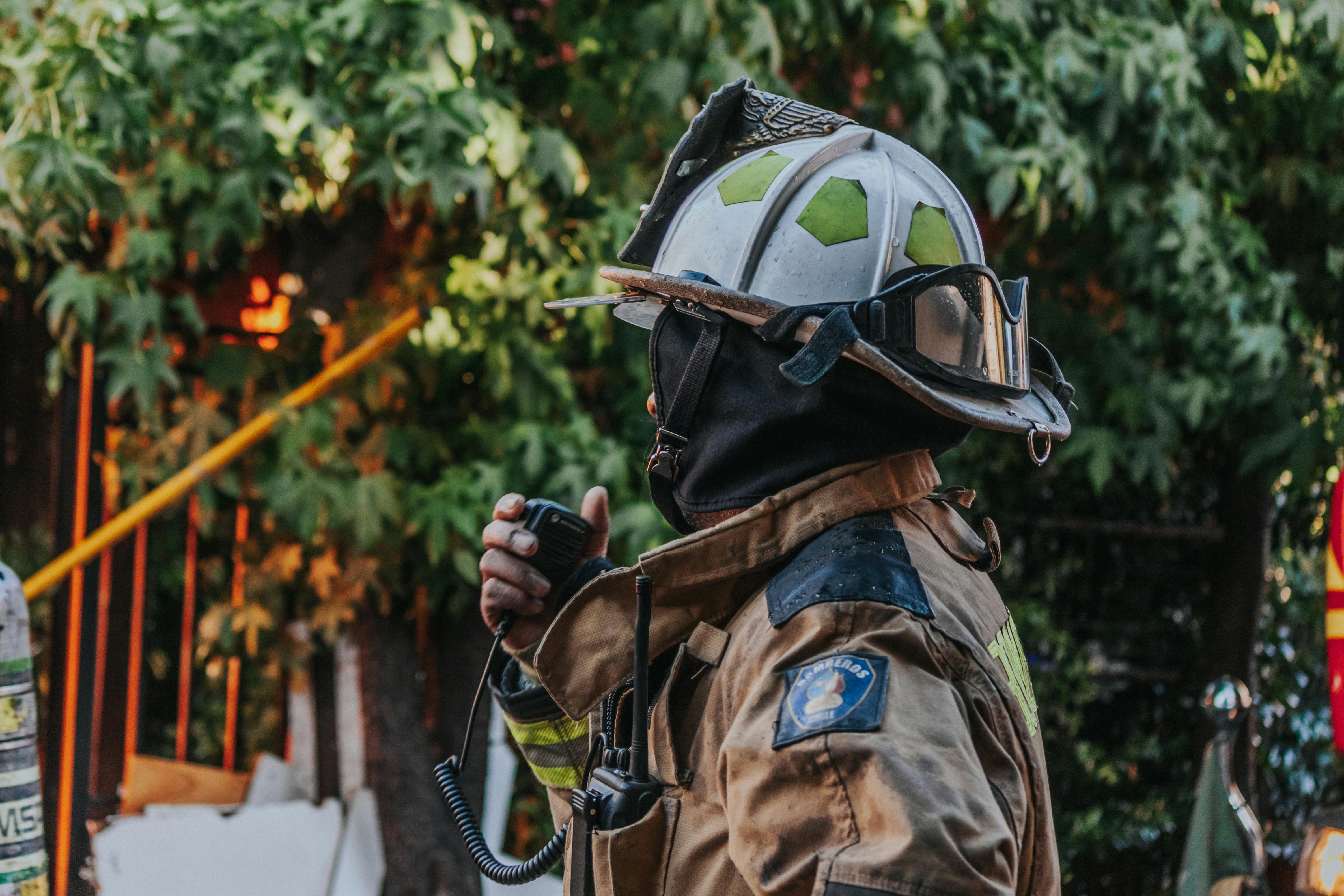The True Cost of Outdated Fire Equipment (and How to Stretch Your Budget)
Posted by Firepenny on Sep 4th 2025
Posted by Firepenny on Sep 4th 2025
It can be tempting for departments—especially those with tight budgets—to push another year or two out of turnout gear, hoses, or radios.
But the reality is that outdated fire equipment carries hidden costs: safety risks, legal liability, insurance complications, and higher long-term replacement expenses.
This guide explores the true cost of outdated gear and provides practical strategies to stretch your department’s budget while keeping crews protected.



Departments with outdated gear may see higher insurance premiums or face denied claims after an incident.
If an injury occurs while using outdated or non-compliant gear, municipalities or leadership may be held legally responsible.
Delaying purchases often means bulk replacements all at once, which is far more expensive than scheduled rotations.
Always budget for PPE replacement before tools or station upgrades. Without compliant PPE, firefighters cannot safely operate.
Replace 20–25% of gear annually rather than waiting for full sets to expire at once. This smooths out budget impact.
Programs like FEMA’s Assistance to Firefighters Grant (AFG) can cover large purchases of PPE, SCBAs, or radios.
Ordering multiple sets of turnout gear, hoses, or helmets often earns discounts. Smaller volunteer stations can partner with nearby agencies to place joint orders.

According to NFPA 1851 standards, turnout gear must be retired 10 years from the date of manufacture, regardless of condition. Heavy use, exposure to fire, and poor storage can shorten its safe lifespan.
Outdated gear increases risks of gear failure, toxic exposure, burns, communication breakdowns, and liability if an injury occurs during operations.
Yes. Many insurance providers evaluate whether departments use NFPA-compliant gear. Outdated PPE or equipment may lead to higher premiums or even denied claims after an incident.
Volunteer and rural fire departments can apply for FEMA Assistance to Firefighters Grants (AFG), rotate purchases gradually, and partner with neighboring departments to place bulk orders for discounts.
Regular cleaning, inspections, and proper storage are key. For example, turnout gear should be washed in a washer-extractor after exposure to smoke or contaminants, and hoses should undergo annual testing to prevent failures.
The true cost of outdated fire equipment isn’t just dollars—it’s lives, liability, and operational readiness. By prioritizing safety, applying for grants, and purchasing strategically, departments can stretch limited budgets without putting crews at risk.
At FirePenny, we’re committed to helping both volunteer and career departments find the right gear at the right price. From NFPA-compliant PPE to trusted tools and radios, we make smarter purchasing possible.
